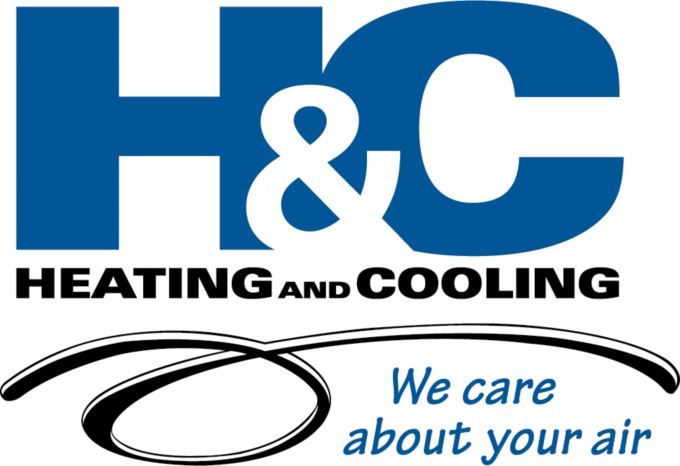
A furnace is often a background player at home, ensuring you're warm during the cold winter months. It frequently won't be noticed until something breaks down.
One cause might be that your furnace has a cracked heat exchanger. It can be a safety risk, so it’s important to know the symptoms of a cracked heat exchanger and what you should do if you are worried that is the problem.
What Is a Heat Exchanger in a Furnace?
A heat exchanger transfers heat from the combustion chamber in your furnace to the air that circulates throughout the ventilation. It typically handles this with coils or tubes that heat up the air while serving as a barrier to keep gas created in the combustion chamber, called flue gasses, from getting out into your home.
Is a Cracked Heat Exchanger Dangerous?
Thanks to its important role, it shouldn't come as a surprise that a cracked heat exchanger can be very dangerous. Cracks in the heat exchanger can allow dangerous gasses – like carbon monoxide, which can be lethal – to flow through your home.
For this reason, do NOT turn on your heater if you think it has a cracked heat exchanger, as doing so could make the entire family ill. Reach out to an HVAC professional right away if you are worried your heater has a cracked heat exchanger that should be repaired.
Four Symptoms of a Cracked Heat Exchanger:
- Furnace switches off: Cracks in the heat exchanger can cause your furnace to switch off.
- Strange Smells: If the air escaping your furnace has an intense chemical scent, it might be evidence gasses are seeping through cracks in your heat exchanger. These gasses, which will often smell like formaldehyde, are a major warning sign.
- Carbon monoxide alarm initiates or you notice symptoms of poisoning: If a cracked heat exchanger is relieving carbon monoxide inside your home, your carbon monoxide alarm should go off or household members might struggle with signs of carbon monoxide poisoning. Symptoms include headaches, dizziness, weakness, nausea, vomiting or feeling drowsy. If the alarm goes off or you feel unusually tired, exit the home immediately and then call for help.
- Soot: If you find black sooty buildup around the exterior of your furnace, it’s more evidence something may be seriously wrong.
What to Do if the Furnace Heat Exchanger is Cracked
If you believe your furnace has a cracked heat exchanger, contact a professional with extensive experience in furnace installation Laurel as soon as possible so they can examine your system and, if necessary, handle a furnace heat exchanger replacement. Costs should differ depending on the situation, but estimates run in the neighborhood of $1,000 to $3,000.
However, the good news is that heat exchangers are generally included in the warranty. You should confirm the warranty paperwork on your furnace, as while the warranty won't always cover the entire cost of repairs, it could significantly reduce your bill.
How to Prevent a Cracked Heat Exchanger in Your Home
One of the best ways to avoid problems in your furnace overall is via consistent furnace maintenance. Furnaces offer the most benefits when they run efficiently. Contacting a skilled professional to examine your furnace for old parts, dirty filters and other likely problems can help you avoid getting a big bill later on.
It’s also a good idea to review your furnace filters every few months – it’s recommended some filters be swapped out every 90 days or sooner if they are dirty or grimy. While the filters are not part of the heat exchanger itself, the strain of drawing air through a clogged filter makes your entire furnace work harder to do its job. And the harder your furnace has to work, the more strain pieces like the heat exchanger will experience.
